California Beaches Are Using AI to Protect Swimmers From Sharks
Padaro Beach in California is a hub of activity, but most visitors are unaware of the technology working silently to keep them safe.
This beach, in particular, became a hotspot for juvenile great white sharks a few years ago, prompting innovative safety measures.
SharkEye Initiative Launches
In response to the shark sightings, the SharkEye initiative was launched by the University of California Santa Barbara’s Benioff Ocean Science Laboratory (BOSL).
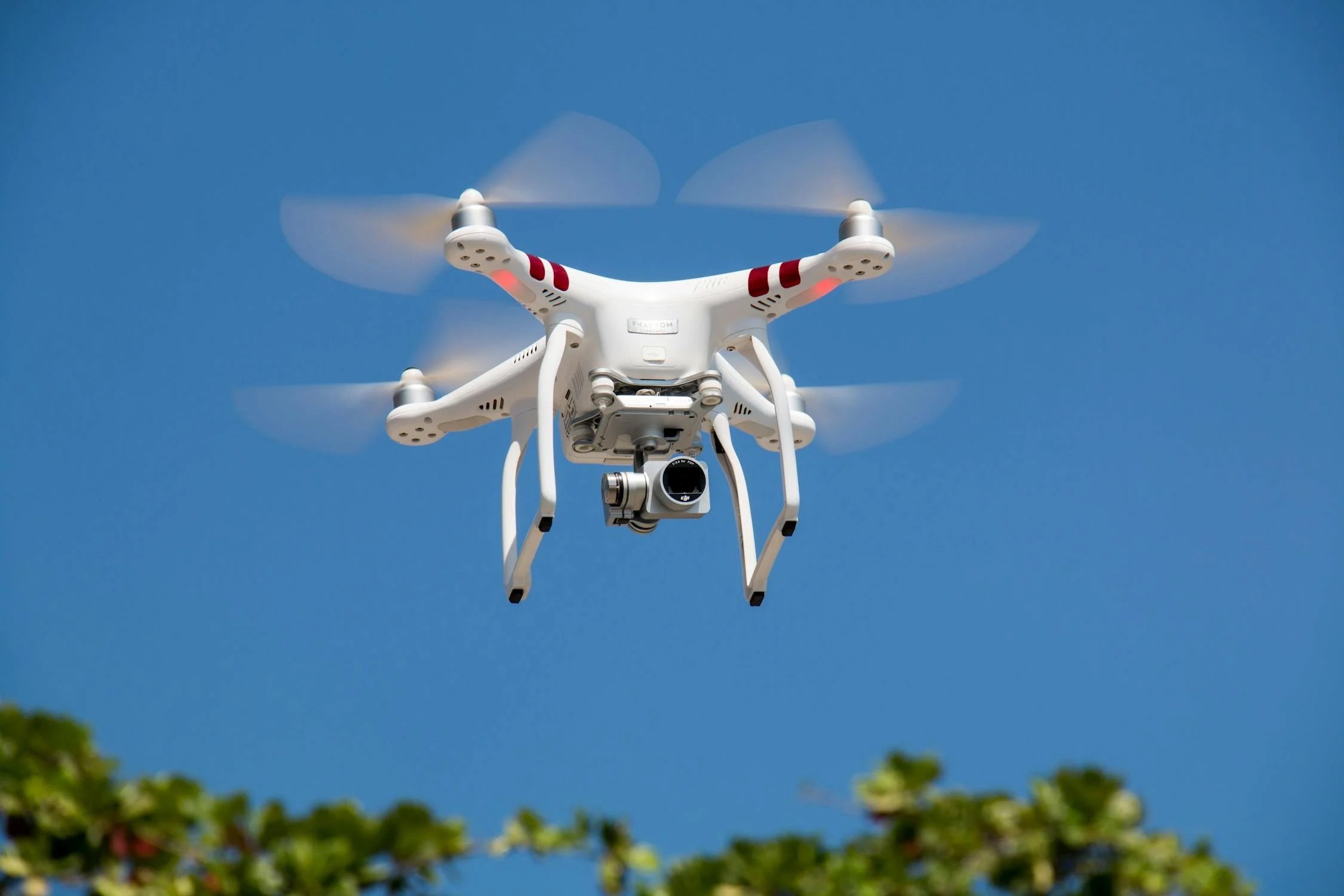
Source: Inmortal Producciones/Pexels
The program uses drones to monitor the waters, ensuring the safety of beachgoers. SharkEye sends alerts to about 80 people, including local lifeguards and surf shop owners.
How SharkEye Works
SharkEye operates by flying drones over the water to capture footage of shark activity. If a shark is spotted, an alert is sent out.
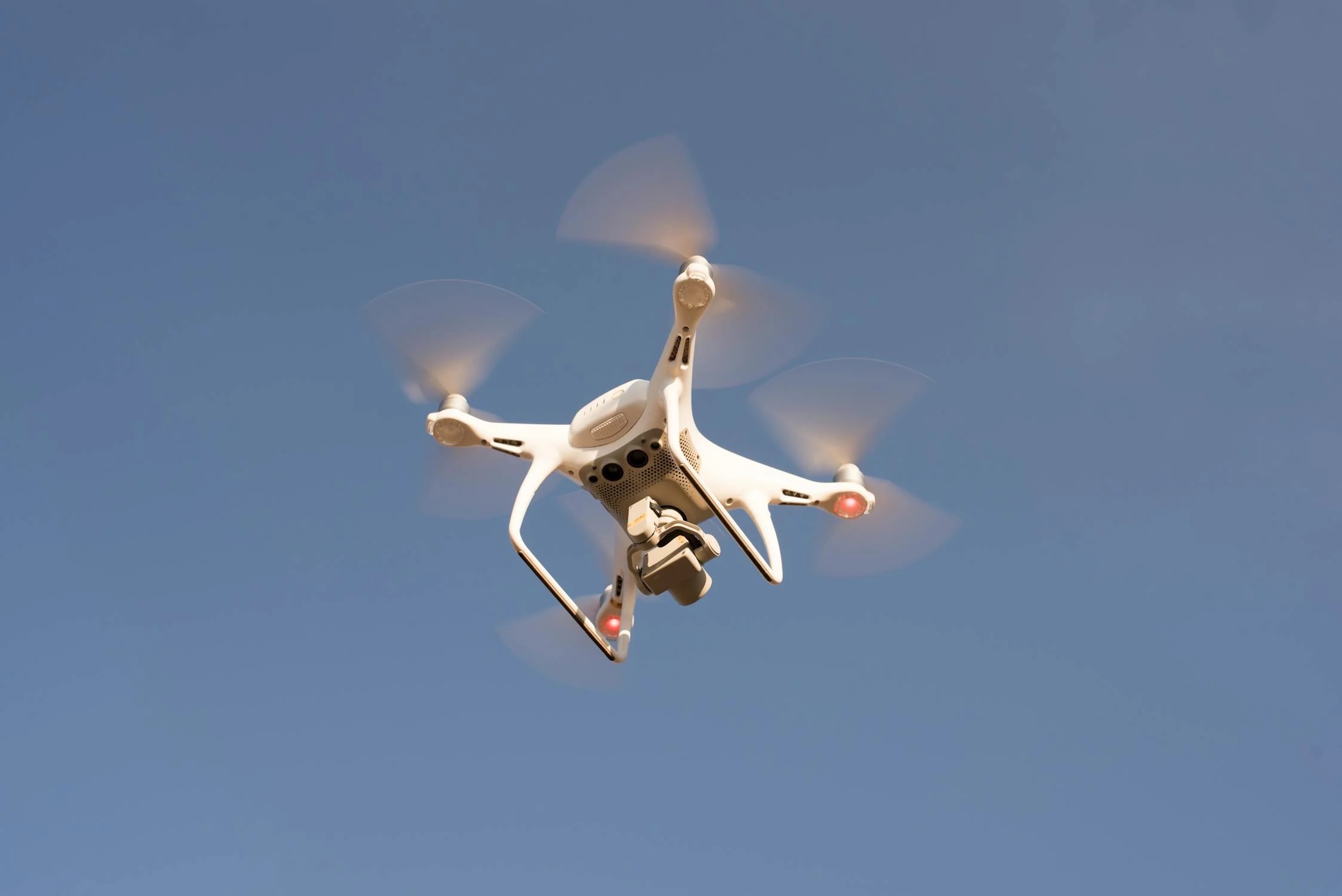
Source: Daniel Reche/Pexels
The initiative aims to balance safety with education, helping the community understand more about these fascinating creatures.
AI Enhances Detection
SharkEye’s technology includes an AI system that analyzes video footage to detect sharks.

Source: Freepik
Neil Nathan from BOSL highlights the potential of this AI, stating, “Automating shark detection can be really helpful for a lot of communities outside of ours here in California.” The AI often spots sharks missed by human observers.
Human vs. AI Shark Detection
The rise of drone technology has changed how sharks are monitored. Traditional methods rely on human pilots who must differentiate sharks from other objects, a challenging task.
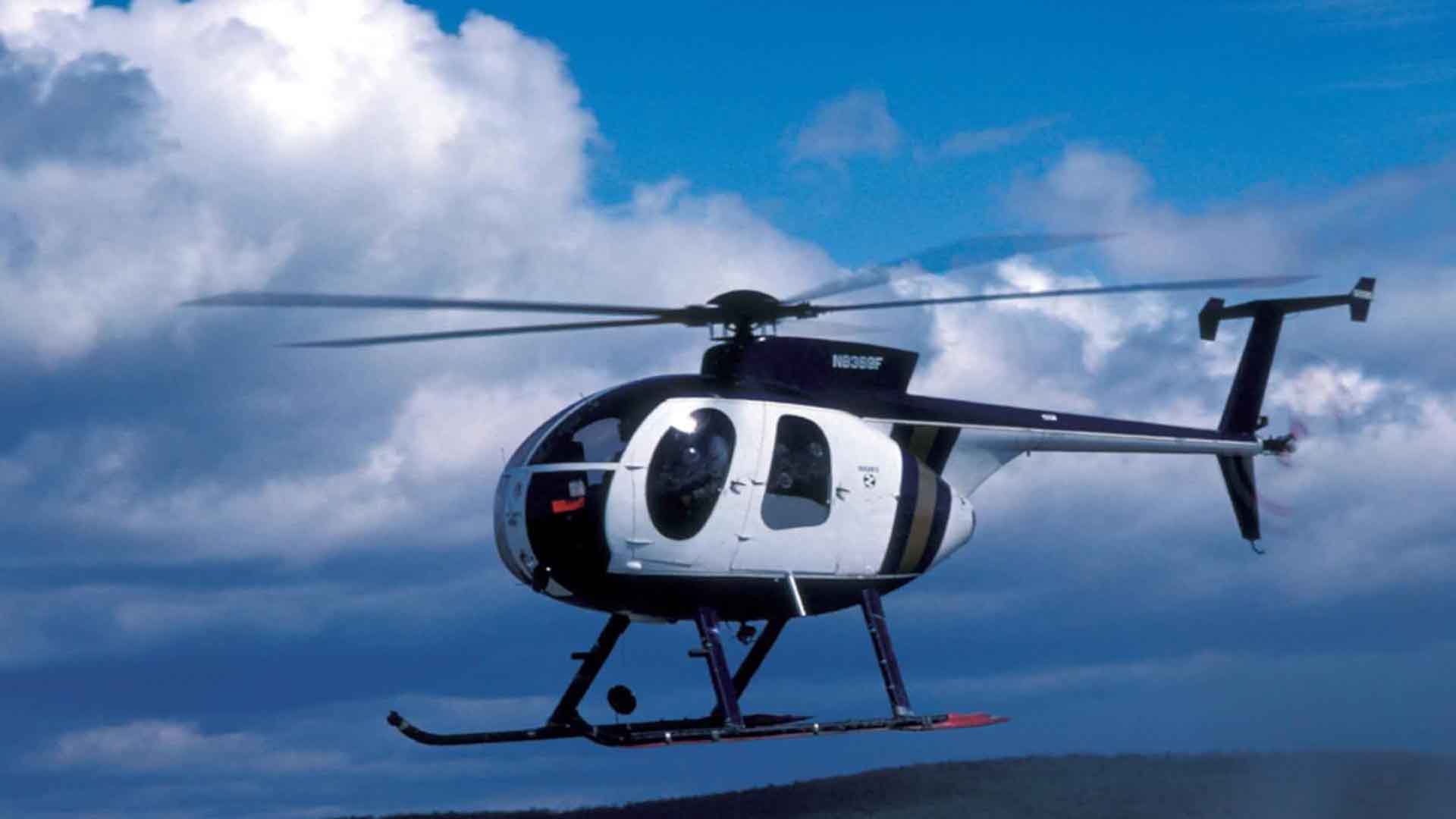
Source: Keller Jo/Wikimedia Commons
SharkEye’s AI, however, performs incredibly well, enhancing accuracy and reducing human error.
Monitoring the Coastline
For about five years, SharkEye has been running regular drone flights over Padaro Beach.
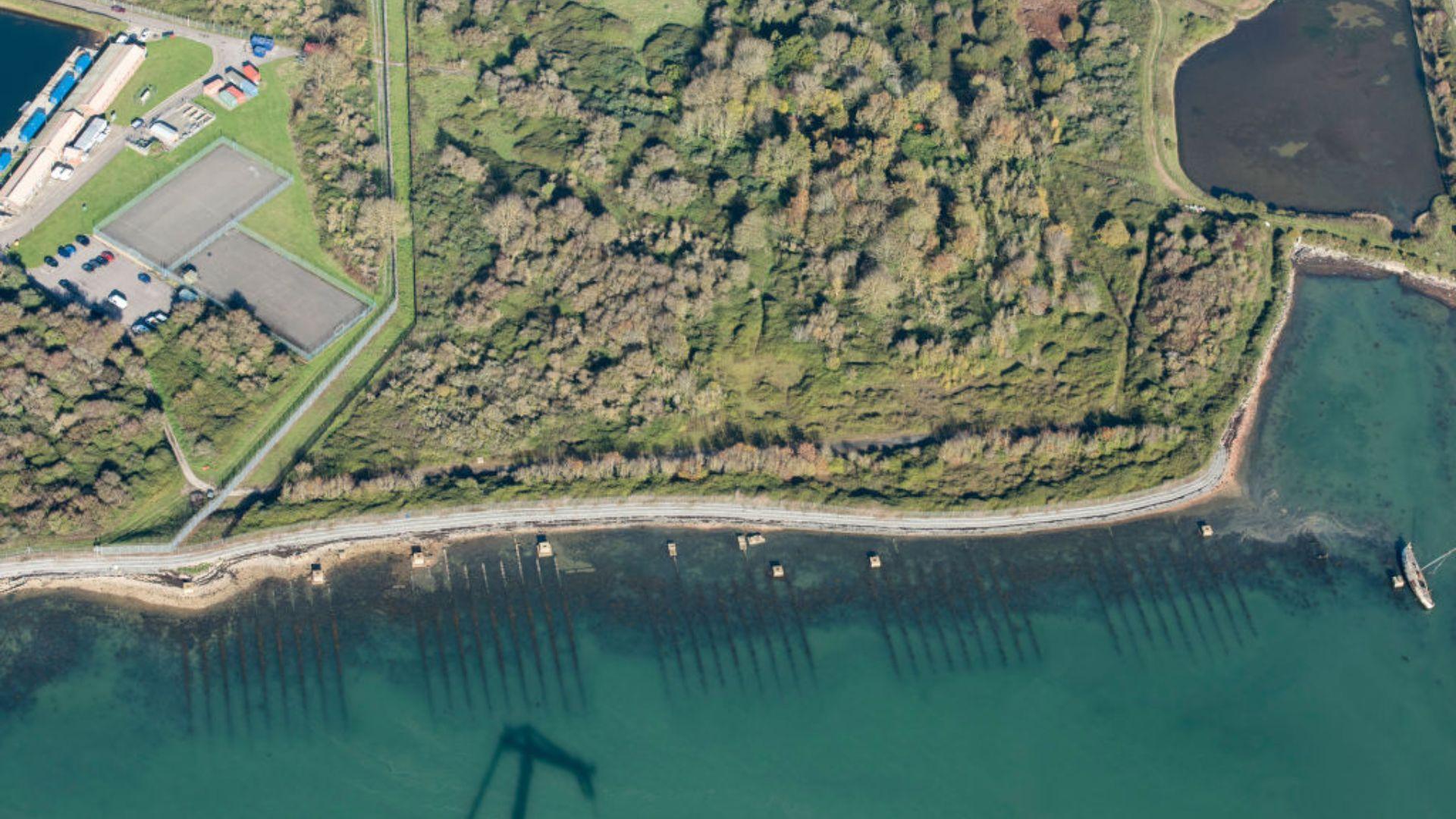
Source: Getty Images
They even once spotted 15 juvenile great white sharks in a single day. This consistent monitoring helps ensure the safety of surfers and swimmers alike.
Field Testing AI Technology
This summer, SharkEye began field testing its AI technology by comparing human detection with AI analysis.

Source: Darrel Und/Pexels
Drones capture video, which is then analyzed by both human pilots and AI to count the number of sharks. Early results are promising, indicating the AI’s superior detection capabilities.
AI in Action Globally
AI technology is used worldwide to mitigate human-wildlife conflicts. In India, AI-enabled cameras alert villagers about approaching tigers. In Australia, AI helps manage interactions with sharks and crocodiles.
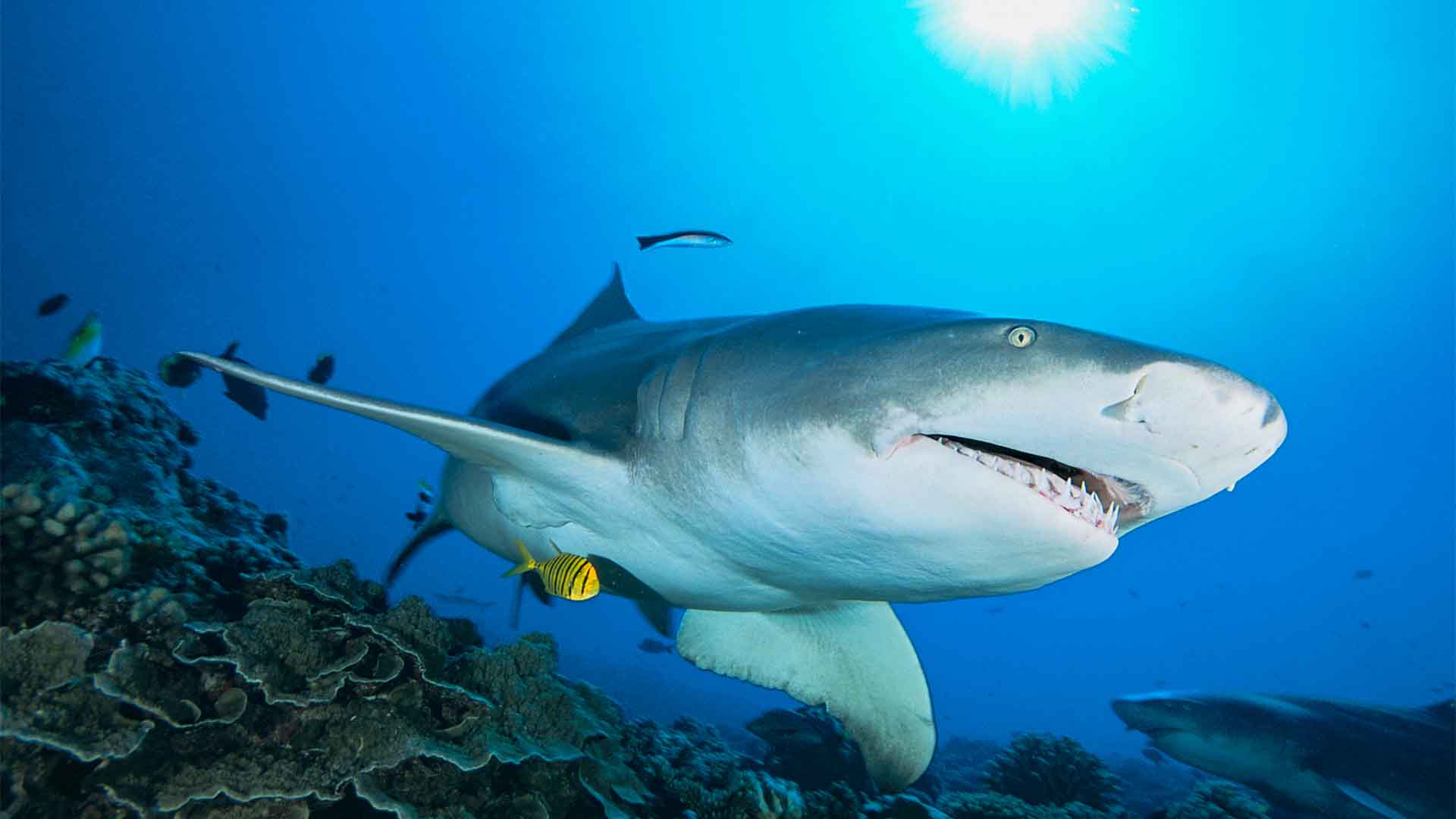
Source: Alexis Rosenfeld/Getty Images
SharkEye aims to expand this technology to other regions, enhancing global beach safety.
Making SharkEye Accessible
SharkEye plans to make its AI model free for researchers to adapt and build upon.

Source: Freepk
They aim to create an app that lifeguards and drone hobbyists can use to run their footage through, potentially revolutionizing how shark activity is monitored and improving beach safety.
Potential for Broader Use
Officials in Honolulu are considering a drone shark surveillance program as well.
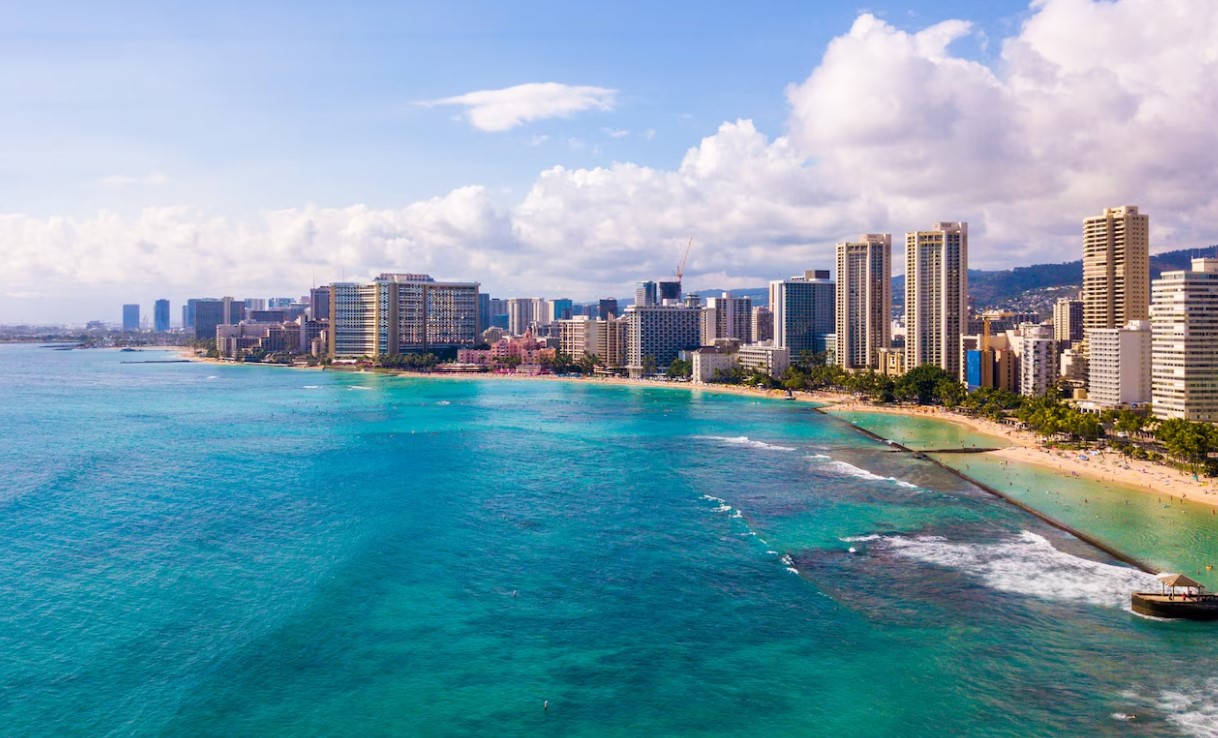
Source: Wirestock, Freepik
SharkEye’s technology could be adapted for different regions, though it may require retraining for specific local conditions, such as different shark species or water hues.
Community Awareness and Safety
Nathan believes in the importance of community awareness.
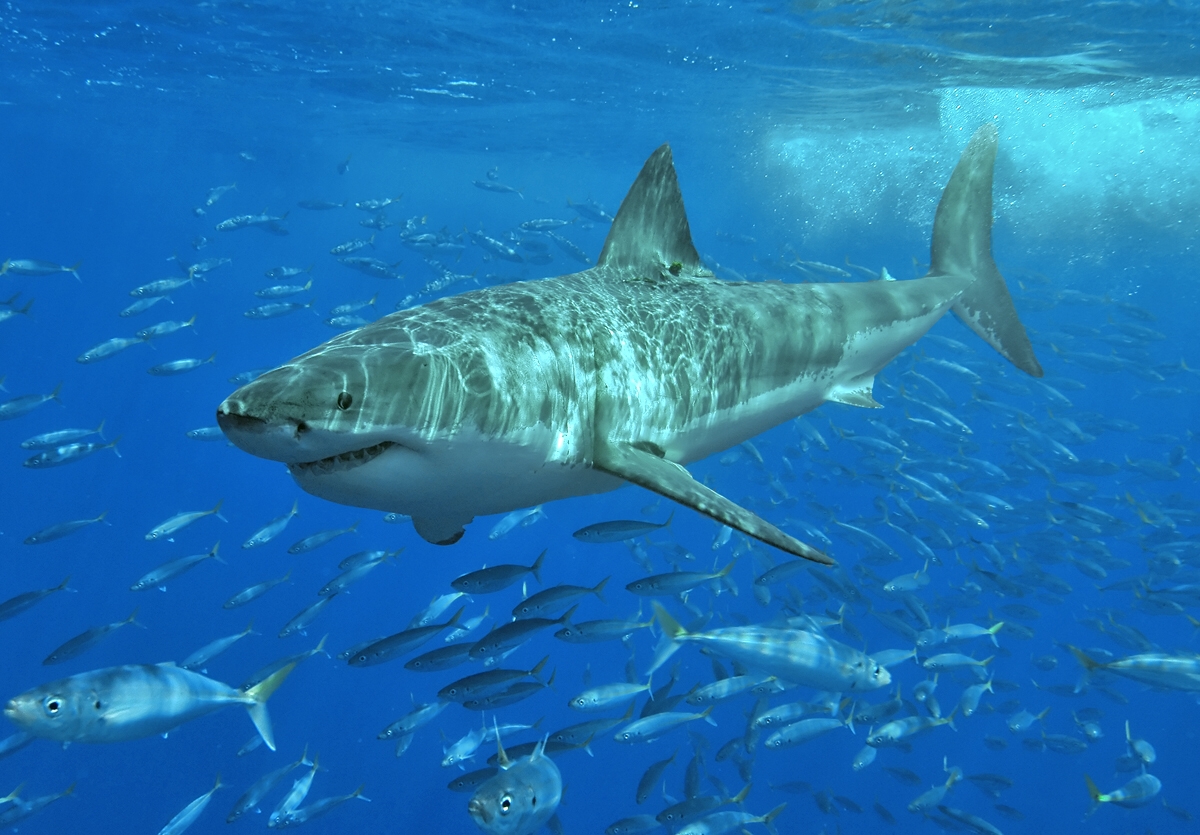
Source: Wikimedia
“Communities want to have that knowledge and that awareness so it’s easier to more safely share the water with these creatures,” he said.
The Future of Shark Detection
With advancements in AI, the future of shark detection looks promising.

Source: Getty Images
By the end of this season or the start of next summer, SharkEye hopes to implement AI-assisted reports, potentially moving towards fully automated systems. This could make shark monitoring faster, more accurate, and widely accessible.
